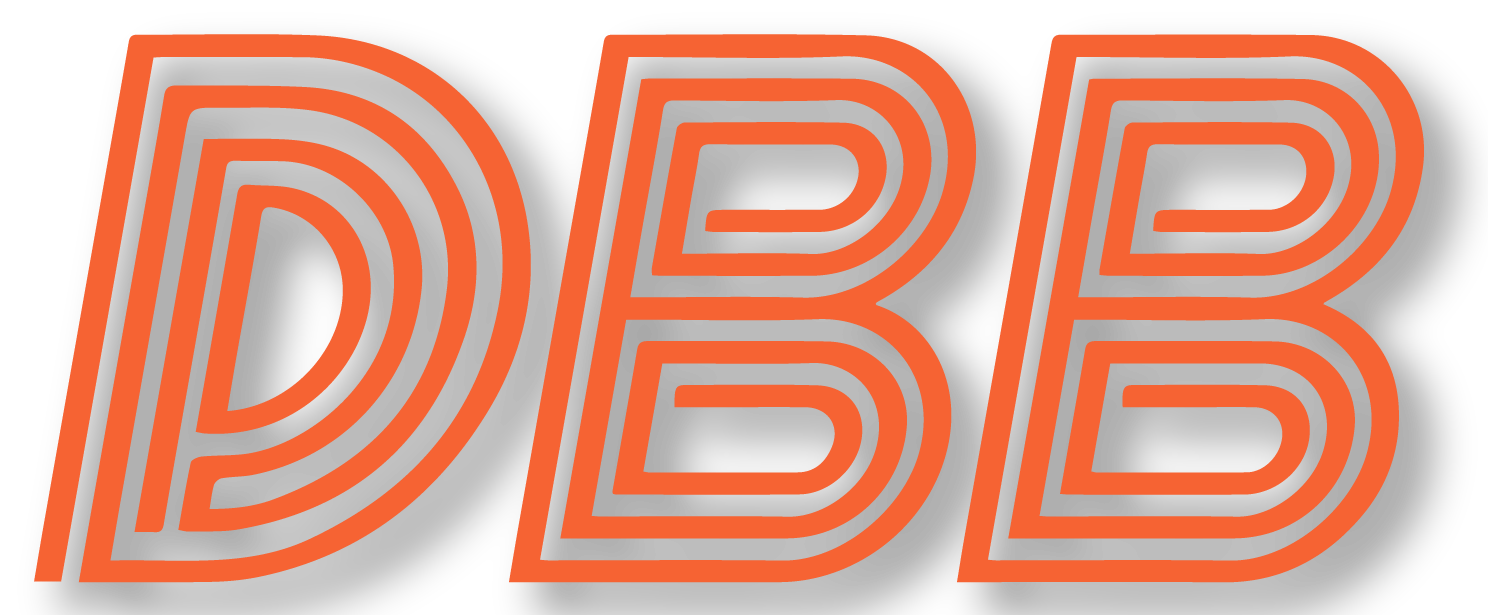Today is the sixth of eight articles taking a closer look at Justin Fields’ 2022 season.
- Part 1: Comparison to rookie season and growth throughout 2022
- Part 2: Where and how effectively Fields threw the ball.
- Part 3: How Fields did on different types of plays (play action, quick vs. slow developing).
- Part 4: How often Fields was under pressure, and who was to blame.
- Part 5: How Fields performed under pressure.
- Part 6: How efficiently Fields produced explosive plays.
- Part 7: How Fields did against man and zone.
- Part 8: Fields’ future outlook.
All data comes from Pro Football Reference‘s Game Play Finder, unless otherwise noted.
Explosive Plays
I’ve been tracking explosive plays for several years because I found they have a strong correlation to total points scored by the offense. Therefore, they’re an important indicator of offensive success; by and large, good offenses produce more explosive plays.
The exact criteria I use for explosive plays are runs that gain 15 or more yards and passes that gain 20 or more yards. This is borrowed from ESPN Stats.
The table below shows how the Bears ranked in explosive runs, explosive passes, and total explosive plays compared to the other 31 NFL teams last year. Areas where they were in the top 25% are highlighted in green, while those in the bottom 25% are highlighted in red.
A few thoughts:
- Fans might remember that Justin Fields missed two games with injury last year, and these numbers change ever so slightly if you look only at the 15 games Fields started and extrapolate those to a 17-game season. That would bring them to 73 total explosive plays, which would rank 16th.
- Most of this series has been looking at Fields from week 5 on only, since there was such a noticeable change in his performance after a dismal first month. Focusing on those games would slightly bump the Bears up to 74 explosive plays (15th) when extrapolated to a full season.
- These numbers are not different enough to change the general conclusions. The Bears had one of the most explosive rushing attacks in the NFL but were one of the least explosive passing games. This is probably not a surprise to any Bears fans who watched the games last year. Overall, that worked out being around average in total explosive plays.








